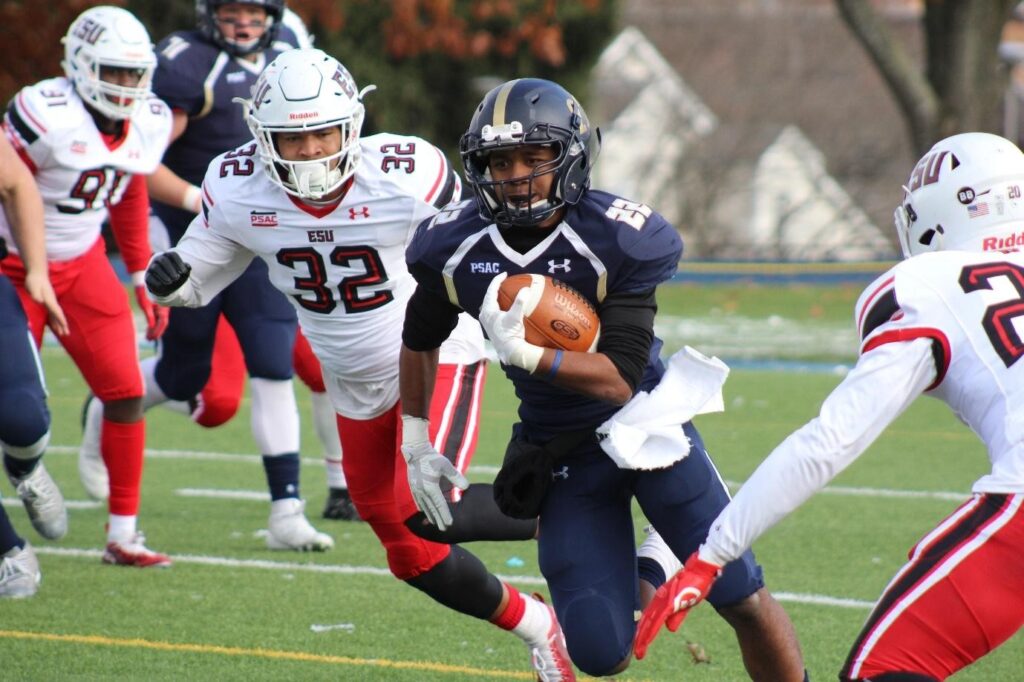5 Ways Big Data and Analytics Will Change Sports
Analytics and big data are acting as game changers in many industries. However, they are on the tip of scoring major points in sports. From players to coaches and businesses, analytics make a difference in scoring touchdowns, preventing injuries, or signing contracts.
Various conferences are being held globally where coaches, players, and the leading minds in sports discussed the potential of analytics and big data. Here are our picks of the top five ways big data analytics can improve efficiency, profitability, and accuracy in sports.
1. Better Precision in the Strike Zone
In baseball, Pitch f/x technology from Sportvision is being used in all 30 Major League Baseball Stadiums to track pitches during games. While Sportvision highlights a suite of other technologies for football, baseball, and motorsports, nothing can replace the judgment calls umpires make at the plate in real-time. Nevertheless, referees and umpires can adapt Sportvision technology to accurately determine if something is a strike or a ball.
Currently, umpires are still relying on the naked eye to call a strike or ball. So, until either the technology or the baseball rules evolve, catchers like Jose Moline will still be able to game the system.
2. More Resources for Analytics Enthusiasts
When it comes to the fans, statistics buffs get to access numerous websites to see breakdowns of their favorite players and highlights of specific games and players. Using betting calculators on these websites, users can calculate the betting payout for any bet combination of stake and odds, including multiples.
These websites gather data and organize it into understandable forms for ordinary people. The creators of these websites see how pitchers’ performance has changed in a specific game. The technology they use to extract data of what an umpire’s strike/ball calls are and see the strike zone’s shape and size.
3. Live on the Field Data Collection
Presently, most of the data is collected manually during games and sports competitions. However, much of the live data moves so fast that it’s a moment lost in time. A company that’s trying to grab a larger chunk of the live data is Zebra Technologies.
As a part of their MotionWorks Sports Solution, the company makes RFID tags that can be attached to balls, equipment, or players to track movements, distance, and speed. These tags blink at 25 times per second and deliver data in 120 milliseconds. SportVU is yet another company that has six cameras in each NBA arena that collect data on the movements of every player and actions of the basketball 25x per second.
4. Predictive Insight into Fan Preferences
With teams and ticket vendors competing for the at-home experience, analytics can advance the sports fans’ experience—the better they know their fans, the better they can cater to them. For vendors, knowing when a fan is interested in an opposing team coming to town or whether a late-night match is not too late for them would be advantageous. Currently, this communication is what they require. They should know in the decision mindset when to give season ticket holders more incentive to keep them coming and retain their tickets.
A lot of sports teams, like the New England Patriots, are trying to forecast the wants and needs of fans with team-specific mobile apps that offer unique content, bathroom wait times, and in-seat concession ordering.
5. Data from Wearable Technologies
Presently, many technology vendors are trying to enter the wearable technology market, given the interest in devices like fitness trackers and Google Glass.
Adidas has a system called miCoach that operates by having players attach a wearable device to their jerseys. The coach gets to view the top performers on the device and who needs rest. It also offers real-time stats on each player, like speed, heart rate, and acceleration. Such real-time data will help trainers and physicians plan for better training and conditioning.
To conclude, better data interpretation and communication to coaches about the data through reports or charts can be supplemented by adding the MBI to the conventional NSHT. Nonetheless, remember that everything is about quantifying better each time the effect of a treatment or exercise on players’ performance and helping coaches make better decisions to enhance the chances to win. A treatment plan program is required for the players seeking treatment and it must be individualized to their unique needs and situation.

























